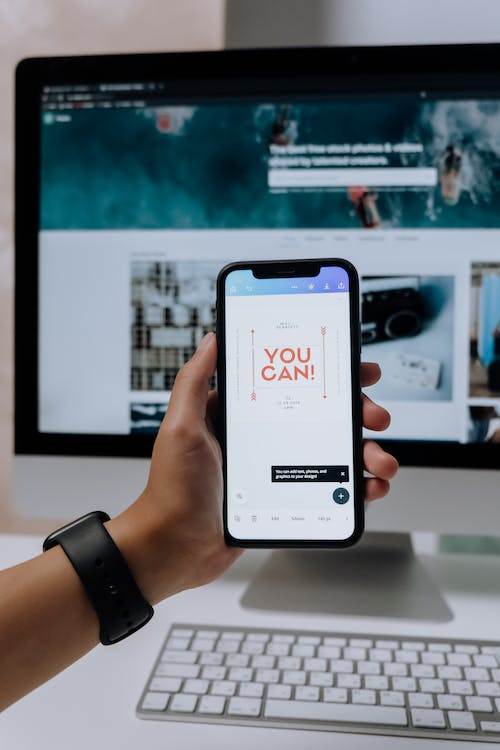
In the constantly evolving realm of web design services, where user experience is paramount, the role of typography has emerged as a silent yet powerful influencer. Beyond mere aesthetic appeal, typography plays a pivotal role in conveying information, establishing brand identity, and enhancing overall user engagement.

Typography, the art and technique of arranging type, encompasses various elements such as font choice, size, spacing, and color—all contributing to the visual hierarchy of a website. The impact of typography on user readability and comprehension cannot be overstated. With the rise of mobile browsing, responsive design, and diverse screen sizes, choosing the right font and optimizing its legibility across devices is crucial for effective communication.
In modern web design, typography goes beyond being a mere tool for textual communication; it serves as a brand ambassador. The fonts selected convey the brand’s personality and values. Whether sleek and minimalist or bold and expressive, typography sets the tone for the user’s perception of the brand. Consistency in font usage fosters brand recognition, creating a cohesive and memorable online identity.
The hierarchy established through typography guides users through the website’s content, highlighting essential information and improving the overall user experience. Well-crafted typography enhances content accessibility, ensuring that information is not only visually appealing but also easily digestible. Thoughtful font choices contribute to the overall aesthetics, creating a harmonious and visually pleasing design.
In the age of multimedia-rich content, typography complements visual elements, striking a balance between text and imagery. Pairing fonts strategically can evoke emotion, emphasize key messages, and create a cohesive narrative. The nuanced use of typography contributes to a holistic and immersive user experience.
As web design continues to evolve, the artful integration of typography remains an indispensable aspect. From establishing brand identity to enhancing user experience and conveying information effectively, the role of typography in modern web design is multifaceted and integral to creating compelling, user-centric digital experiences.





